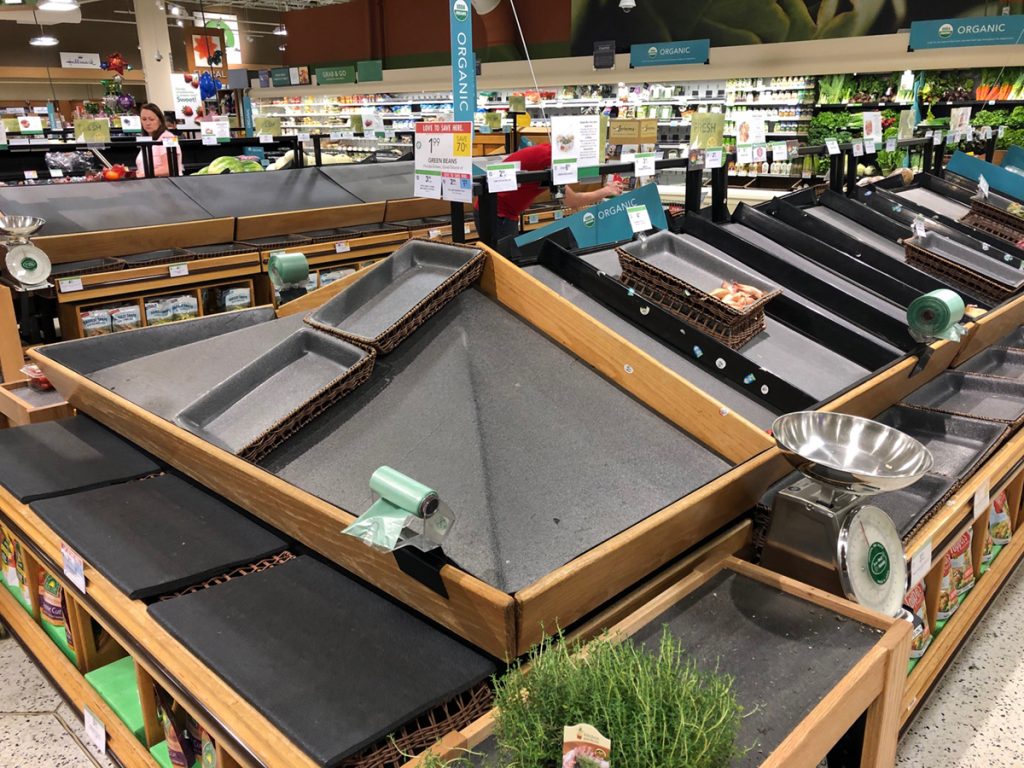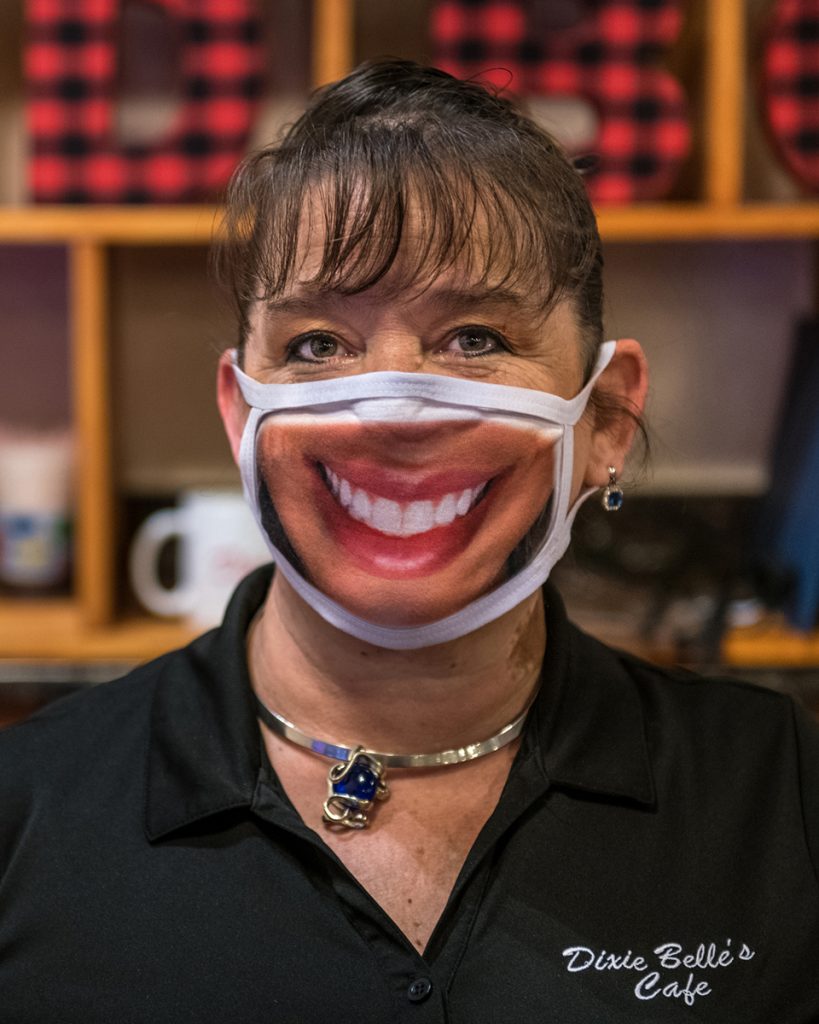By Aaron Pahl, Digital Archivist
In early March, it became apparent to History Center staff that the coronavirus would have a significant impact on the lives of everyone in Central Florida. Because the museum already focuses on contemporary collecting, we were poised to begin documenting the effects of the pandemic immediately. As with all instances of contemporary collecting, we knew our COVID-19 project would embrace a critical moment in history, but we did not know just yet what could be collected to represent this time.
At the beginning of our collecting process, we realized that many physical items, such as medical equipment including ventilators, face masks, and other personal protective equipment (PPE), could not be collected until the end of the pandemic. As the pandemic has progressed, however, we have obtained other physical objects, such as community art produced while people spend more time sheltering in place.
Due to lockdown and necessary social-distancing measures, we turned our focus to digital materials. In March, the History Center shared callouts for donations from the community for anything related to the coronavirus in Central Florida, including emails from closed businesses, photos, oral histories, and news articles.
In response, we received donations that both interesting and telling, such as photos showing an empty Disney World in the middle of the day, Orlando International Airport with no one lined up at security, and numerous businesses forced to close temporarily. We have recorded oral histories with people quarantined on cruise ships. We continue to seek out more stories from those impacted by this pandemic.

Photo by Kent Knipstein
The coronavirus response has also produced a wealth of data which we have added to our digital archives – from the Florida Corona Virus Dashboard and other statistic tracking sites, to treatment methods and social media posts reflecting the community response (both those in favor and those not) to lockdowns.
The community itself has truly been our greatest resource in preserving all the different aspects of the pandemic and its own history. As we collect, it can be hard to know what we are missing – which is why we rely on our donors to help us know what is available and where else we should be looking.
Our collection continues to grow, but there are still many items we are interested in adding, including, but not limited to:
- Email newsletters from closed or reopening businesses
- Photos that are representative of the pandemic, including things like empty store shelves, closed business signs, and depict ways you’re spending time at home during the pandemic
- Any information on the ReOpen Florida protests, including oral history contacts, photos, signs, and flyers
- Oral histories with teachers, healthcare professionals, survivors, grocery store employees, delivery drivers, parents with children who are tele-schooling, Disney employees, airport workers, and agricultural workers
- Photos or material from reopening events, including those at amusement parks and attractions
- Homemade PPE or oral histories with PPE makers
- Videos related to the pandemic
- Community art representative of the pandemic
If you have an item you are interested in donating, or if you think you might be a good candidate to participate in an oral history, please visit our COVID-19 collection page to learn how you can be a part of documenting history.

Photo by Gustavo Vargas

